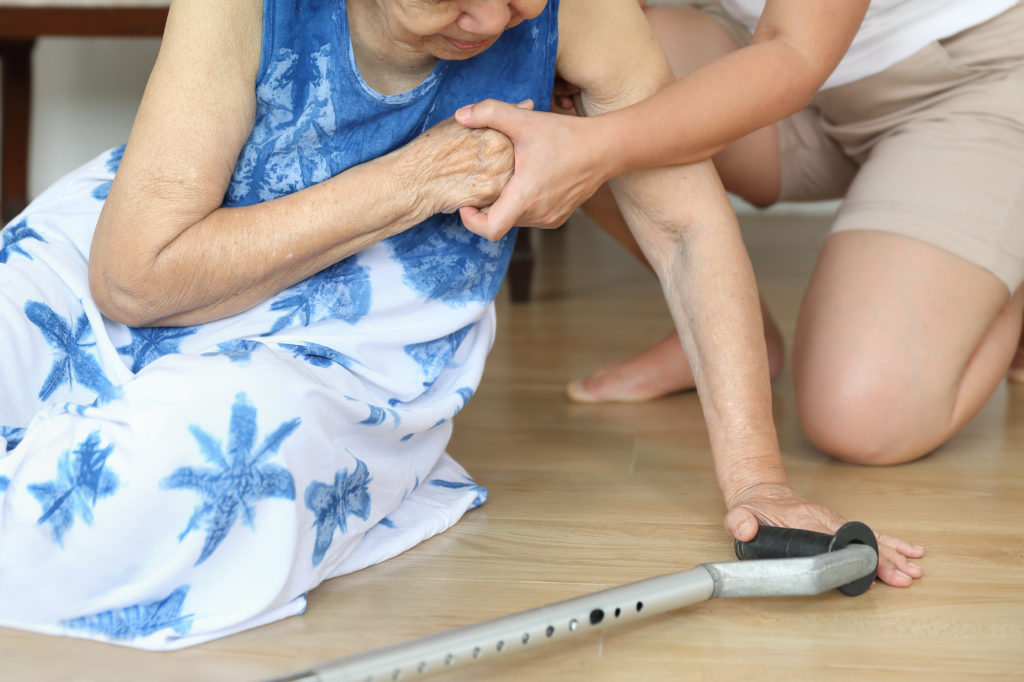CDC Report: Senior Death Rate from Accidental Falls is Rising
According to a new report from the Centers for Disease Control and Prevention (CDC)’s National Center for Health Statistics, the death rate from accidental falls is rising among seniors.
The CDC found that accidental fall death rates among adults aged 65 and older have increased by 30% from 2009 to 2018. More than one out of four older people suffer a fall each year, and the death rate from accidental falls is expected to continue rising as the population ages.

- For men aged 65 to 74, the rate of deaths rose to 23.8 per 100,000 people, and for women, it increased to 13.3 per 100,000 people.
- For men 75 to 85, the death rate reached 81.6 per 100,000 people.
- For men 85 and up, the rate jumped from about 100 to over 300 deaths. Accidental fall deaths nearly tripled among women 85 and up.
This rising trend of accidental fall deaths also bears a financial cost. Every year, about $50 billion is spent on medical expenses related to non-fatal fall injuries, including $29 billion paid by Medicare. More than $750 million in spending is connected to fatal falls, per the CDC.
Researchers have pointed out contributing factors such as balance issues, disabilities, medication effects, difficulties with vision and walking, among other factors increase elders’ chances of having a fall. Most of these contributing issues are preventable or treatable through physical therapy programs.
What can we do to prevent these accidents and protect our seniors?
It’s simple: We can prevent senior falls with physical therapy treatment.
Physical therapy enables seniors to remain steady and independent as they retain their strength through practice. A recent study showed that older citizens who underwent an exercise intervention from a trained healthcare professional lowered their fall risk by 31%. In short, physical therapy helps improve older Americans’ balance, strength, and independence as they move through their communities.
Physical therapists are also vital resources for creating fall-proof home environments and double-checking seniors’ safety through patient home assessments. Physical therapists can evaluate a patient’s living space and identify potential fall hazards.
Each year, 3 million older people are treated in emergency departments for fall injuries. It’s a scary number for families, parents, and children, but it is not set in stone. We can prevent these accidents and lower these rates by increasing seniors’ access to quality physical therapy treatment, improving patient well-being, and avoiding costly injuries.